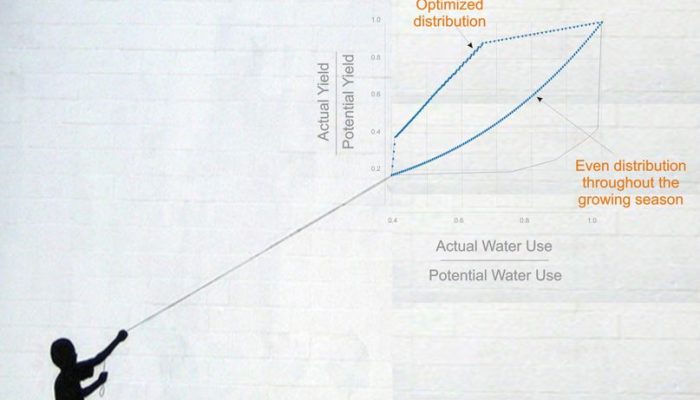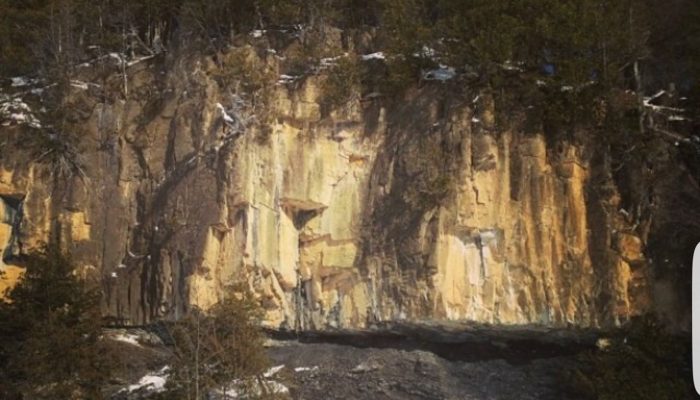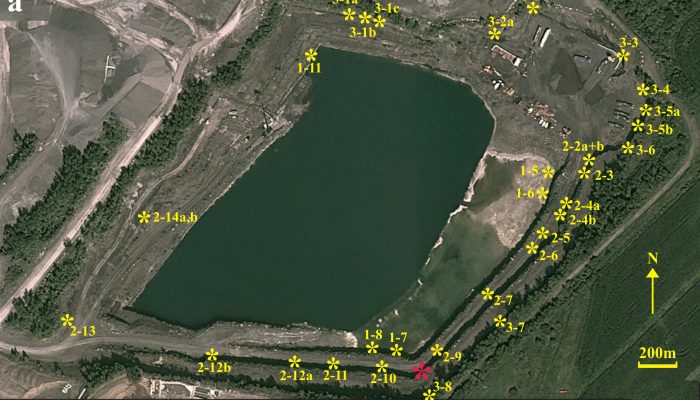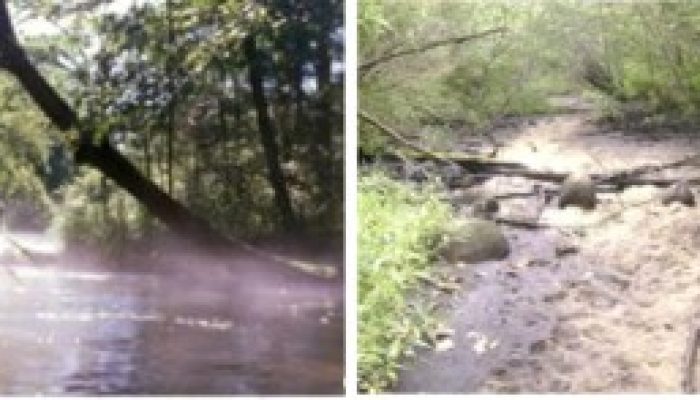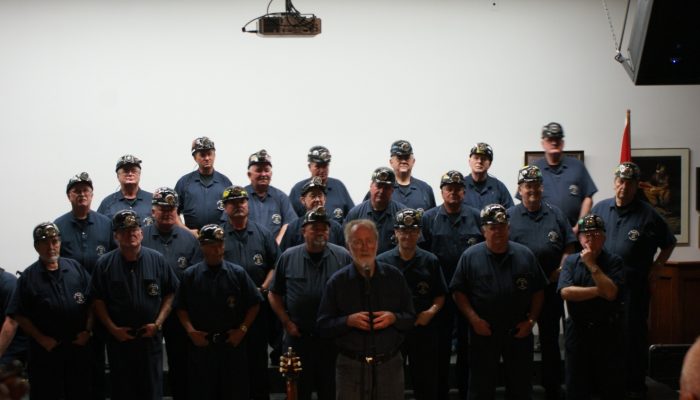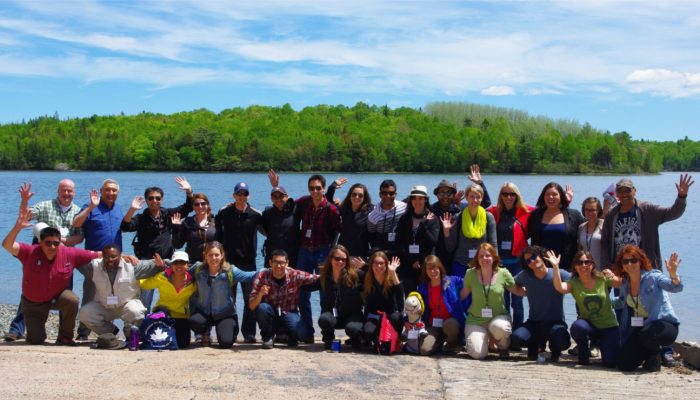Post by WaterUnderground contributor Mikhail Smilovic. Mikhail is a PhD candidate in the Department of Civil Engineering at McGill University, in Quebec. Crops use water for photosynthesis, absorbing nutrients, and transpiration, or the plant-equivalent of sweating. A crop may experience water-stress if the soil surrounding the roots is not adequately wet, and this stress will affect the crop dif ...[Read More]
Just in case you weren’t sure…groundwater flow around a fault zone is complex!
By Erin Mundy – a plain language summary of part of her Masters thesis Groundwater is the water that collects underground in pores and cracks in the rock. Understanding, protecting and sustaining groundwater flow is critical because over two billion people drink groundwater every day. The flow of groundwater can be impacted by geologic structures, such as fractures and faults. A fracture is ...[Read More]
Can we use an infrared camera to tell us how much groundwater is coming out of the side of a cliff?
By Erin Mundy – a plain language summary of part of her Masters thesis Groundwater is an important resource, with approximately 2 billion people around the world using groundwater everyday. Although most groundwater is beneath our feet, sometimes groundwater leaks out of stream-banks, hill sides and cliff faces – this is called groundwater seepage. Current scientific methods are not ab ...[Read More]
Baseflow, groundwater pumping, and river regulation in the Wisconsin Central Sands
By Sam Zipper, postdoctoral fellow at Madison and author of tacosmog.com We often think of groundwater as a nonrenewable reservoir, deep underground, and with good reason – less than ~6% of groundwater globally entered the ground within the past 50 years. However, where a river or stream intersects the water table, water is able to move from the aquifer to the stream (or vice versa). This supply o ...[Read More]
How I start good supervisory relationships with graduate students
Many professors are confused about why a certain graduate student is happy or unhappy, under performing or performing well. I am far from a perfect supervisor, but I try to avoid this confusion by getting to know my graduate students on a relatively deep but professional level as quickly as possible, by doing the following in our first meeting: sharing results of a personality test; discussing our ...[Read More]
The home of our hearts day 5: The Sydney Tar Ponds and keeping the spark alive
[part six of a special six-part blog series by Mark Ranjram, MEng student at McGill University. From June 8 to June 13 2014, Mark had the privilege of being a part of the Canadian Water Network’s (CWN) Student and Young Professionals (SYP) Workshop in Cape Breton Island, Nova Scotia. Here is the prologue to this series.] The fifth and final day of the workshop started off with a tour of the Sydney ...[Read More]
The home of our hearts day 4: the water-energy nexus & deep thoughts on salty water
[part five of a special six-part blog series by Mark Ranjram, MEng student at McGill University. From June 8 to June 13 2014, Mark had the privilege of being a part of the Canadian Water Network’s (CWN) Student and Young Professionals (SYP) Workshop in Cape Breton Island, Nova Scotia. Here is the prologue to this series.] The focus of the fourth day of the workshop was the relationship between ene ...[Read More]
The home of our hearts day 3: The coal story – mines and mine water remediation
[part four of a special six-part blog series by Mark Ranjram, MEng student at McGill University. From June 8 to June 13 2014, Mark had the privilege of being a part of the Canadian Water Network’s (CWN) Student and Young Professionals (SYP) Workshop in Cape Breton Island, Nova Scotia. Here is the prologue to this series.] Coal mining is an essential part of the history of Cape Breton Island, and t ...[Read More]
The home of our hearts day 2: The Unama’ki Institute for Natural Resources and a medicine walk to Glooskap’s cave
[part three of a special six-part blog series by Mark Ranjram, MEng student at McGill University. From June 8 to June 13 2014, Mark had the privilege of being a part of the Canadian Water Network’s (CWN) Student and Young Professionals (SYP) Workshop in Cape Breton Island, Nova Scotia. Here is the prologue to this series.] After an emotional and inspirational first night together, we had the great ...[Read More]
The home of our hearts, Cape Breton – A transformative professional experience with the Canadian Water Network (Part 1 of 6: prologue)
Prologue [part one of a special six-part blog series by Mark Ranjram, MEng student at McGill University. From June 8 to June 13 2014, Mark had the privilege of being a part of the Canadian Water Network’s (CWN) Student and Young Professionals (SYP) Workshop in Cape Breton Island, Nova Scotia] Let me start this series off by expressing how life changing this event was for me. I am very much a techn ...[Read More]

